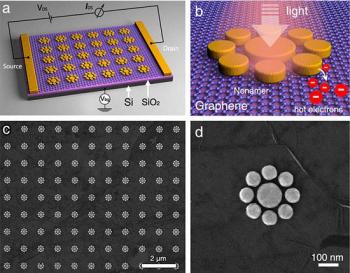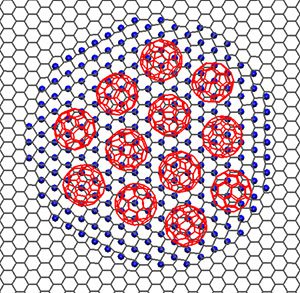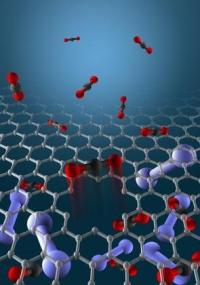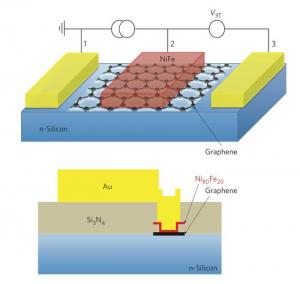Graphene can be selectively and reversibly doped with light
Trying to investigate several doping methods for graphene, researchers have found a way to dope graphene with light. This kind of doping is selective and reversibly - meaning that you can change the material attributes using different light colors, angles or polarization. To achieve that doping method, the researchers attached a plasmonic nano antenna to the graphene. The graphene was doped by hot electrons generated from the antenna.

The doping can be controlled by changing the antenna size or the laser's wavelength and power density. n-type graphene provided a larger doping efficiency than p-type graphene.


